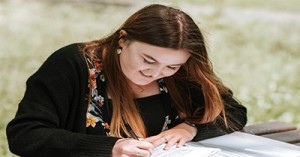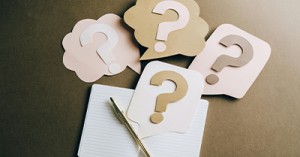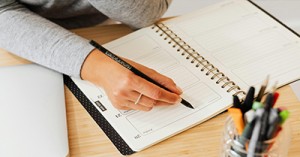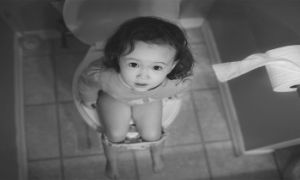A: Creating your own critical reflections is a bit like having a conversation with yourself—one where you ask thoughtful questions, dig deeper into your actions, and look for meaningful ways to grow. Here’s a step-by-step guide to help you shape reflections that go beyond surface-level observations.
1. Start with a Real Moment
Think of a situation or interaction in your day that stood out—something that went really well, felt challenging, or sparked a new insight. It could be:
- A child’s reaction to an activity
- A challenging behavior you handled
- A team interaction
- A moment of spontaneous learning
2. Describe the Experience
Be honest and specific. What happened? Who was involved? What was your role?
“During today’s group time, I introduced a new song using visual props. Some children sang along enthusiastically, while others seemed disinterested.”
3. Analyze Your Thoughts and Feelings
What were you thinking and feeling in the moment? Why did it stand out to you? This is the heart of critical reflection.
“I was disappointed some children weren’t engaged. I started to question whether my choice of song was appropriate for their developmental level.”
4. Connect to Theory or Philosophy
Think about frameworks like the EYLF, child development theories, or your centre’s values. How does this situation align—or not?
“Reflecting on the EYLF’s emphasis on responsive learning, I realized I hadn’t considered the group’s current interests or cultural background when selecting the song.”
5. Identify Growth and Next Steps
What would you do differently next time? What did you learn? How might this inform your future planning or practice?
“Next time, I’ll co-select songs with the children based on their interests. I’ll also explore music in different languages to encourage inclusion.”
Optional: Frame it with a Reflection Prompt
Sometimes, starting with a question can guide your thinking. A few examples:
“What did I learn about the children through this experience?”
“How did my personal beliefs influence my response?”
“How can I make this experience more inclusive next time?”
Further Reading
Educator's Guide To Critical Reflections
Reflection Vs Critical Reflection
How To Write A Critical Reflection In Early Childhood







 Here is the list of the EYLF Learning Outcomes that you can use as a guide or reference for your documentation and planning. The EYLF
Here is the list of the EYLF Learning Outcomes that you can use as a guide or reference for your documentation and planning. The EYLF The EYLF is a guide which consists of Principles, Practices and 5 main Learning Outcomes along with each of their sub outcomes, based on identity,
The EYLF is a guide which consists of Principles, Practices and 5 main Learning Outcomes along with each of their sub outcomes, based on identity, This is a guide on How to Write a Learning Story. It provides information on What Is A Learning Story, Writing A Learning Story, Sample
This is a guide on How to Write a Learning Story. It provides information on What Is A Learning Story, Writing A Learning Story, Sample One of the most important types of documentation methods that educators needs to be familiar with are “observations”. Observations are crucial for all early childhood
One of the most important types of documentation methods that educators needs to be familiar with are “observations”. Observations are crucial for all early childhood To support children achieve learning outcomes from the EYLF Framework, the following list gives educators examples of how to promote children's learning in each individual
To support children achieve learning outcomes from the EYLF Framework, the following list gives educators examples of how to promote children's learning in each individual Reflective practice is learning from everyday situations and issues and concerns that arise which form part of our daily routine while working in an early
Reflective practice is learning from everyday situations and issues and concerns that arise which form part of our daily routine while working in an early Within Australia, Programming and Planning is reflected and supported by the Early Years Learning Framework. Educators within early childhood settings, use the EYLF to guide
Within Australia, Programming and Planning is reflected and supported by the Early Years Learning Framework. Educators within early childhood settings, use the EYLF to guide When observing children, it's important that we use a range of different observation methods from running records, learning stories to photographs and work samples. Using
When observing children, it's important that we use a range of different observation methods from running records, learning stories to photographs and work samples. Using This is a guide for educators on what to observe under each sub learning outcome from the EYLF Framework, when a child is engaged in
This is a guide for educators on what to observe under each sub learning outcome from the EYLF Framework, when a child is engaged in The Early Years Learning Framework describes the curriculum as “all the interactions, experiences, activities, routines and events, planned and unplanned, that occur in an environment
The Early Years Learning Framework describes the curriculum as “all the interactions, experiences, activities, routines and events, planned and unplanned, that occur in an environment


